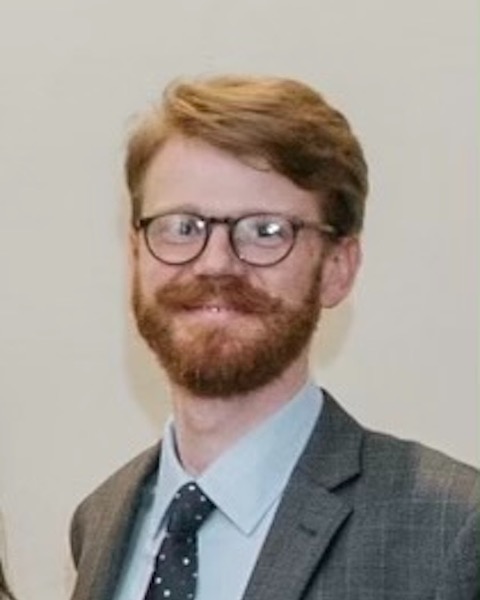Schizophrenia / Psychotic Disorders
(PS3-B45) Paranoia, Focus of Attention, and Anxiety: An Experimental Study

Dennis R. Combs, Ph.D.
Professor of Psychology
University of Texas at Tyler
Tyler, Texas
David W. Rose, III, M.S.
Ph.D. Student
The University of Texas at Tyler
Tyler, Texas.jpg)
Anwesha Maitra, M.S.
Clinical Psychology Doctoral Student
University of Texas at Tyler
Tyler, Texas- AA
Areni Alaverdi, B.A.
Graduate Student
University of Texas at Tyler
Harker Heights, Texas - SP
Shalet Punnoose, M.S.
Graduate Student
University of Texas at Tyler
Tyler, Texas
Author(s)
Co-Author(s)
Paranoia is associated with a number of cognitive, emotional, and behavioral correlates. In terms of emotional states, depression, low self-esteem, and anxiety have all been linked to paranoia. Paranoia does appear to be more related to anxiety symptoms given the levels of threat perceived in social situations. According to the cognitive model of paranoia, increases in paranoia are accompanied by higher levels of emotional distress. Paranoia is also linked to higher levels of personal scrutiny and self-focused attention from others (e.g., self as a focus of others attention) and the perception that others are watching and evaluating them can lead to higher paranoia. This study was developed to address some unresolved issues about the relationship between paranoia, self-focus, and social anxiety. First, little is known about the causal relationship between self-focus, paranoia, and social anxiety. For example, if self-focus is manipulated does it lead to increases in paranoia and social anxiety? Second, paranoia is often linked to social situations, but we do not know if paranoia is also found in non-social situations? Third, during social tasks, does it matter who is the focus of attention - self versus other?
In this experimental study, we randomly assigned participants to one of four conditions which varied by task type (social versus non-social) and level of attentional focus (self versus other) by using a video camera. Thus, the design allowed us to tease apart social versus non-social tasks on paranoia and anxiety as well as the effect of high versus low personal scrutiny on paranoia and anxiety. We predicted that persons engaged in a social skills role pay (social task) where attention is directed on themselves (high personal scrutiny) would show the highest levels of paranoia and social anxiety.
Sixty undergraduate participants were randomly assigned to one of four conditions: 1) social skills role-play with a camera focused on participant (n=15), 2) social skills role play with camera focused on researcher (n=15), 3) cognitive task (design fluency) with camera focused on participant (n=15), or 4) cognitive task with camera focused on researcher (n=15). The participants were informed that the videotapes would be rated by judges following the study to evaluate either the participant or researcher depending on condition. The Paranoia Scale and the Fear of Negative Evaluation scare were the primary dependent measures.
Results showed that participants in the social skills role-play condition with the camera focused on the participant showed the highest level of paranoia and social anxiety. By task type, the role play task was linked to greater paranoia and anxiety as compared to the cognitive task. By focus of attention, the self-focused condition were higher across all groups. It appears that paranoia and social anxiety can be directly manipulated by type of task and focus of attention (Self vs. Other). The results are consistent with previous research that paranoia can be increased in social situations that involve personal scrutiny.

